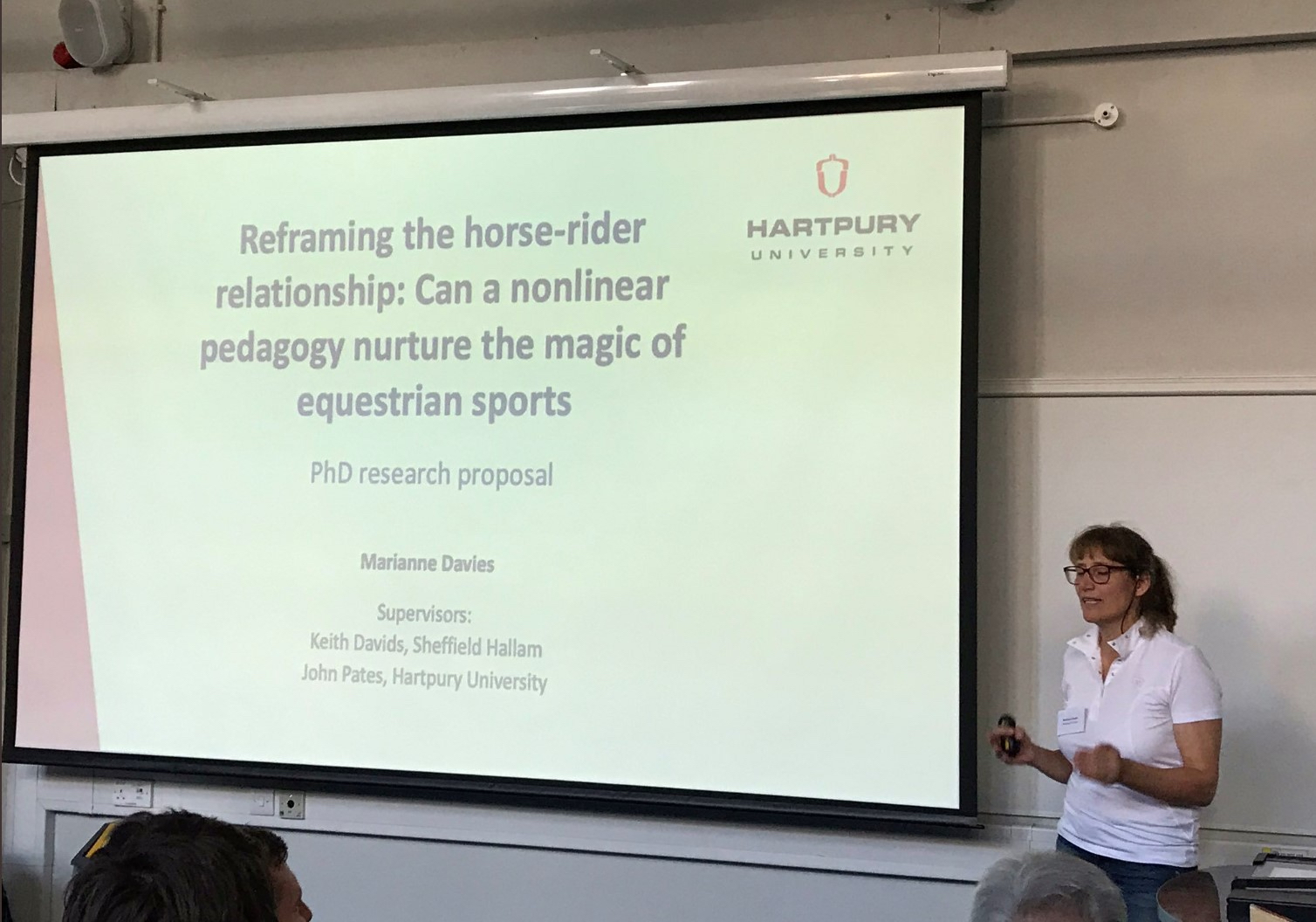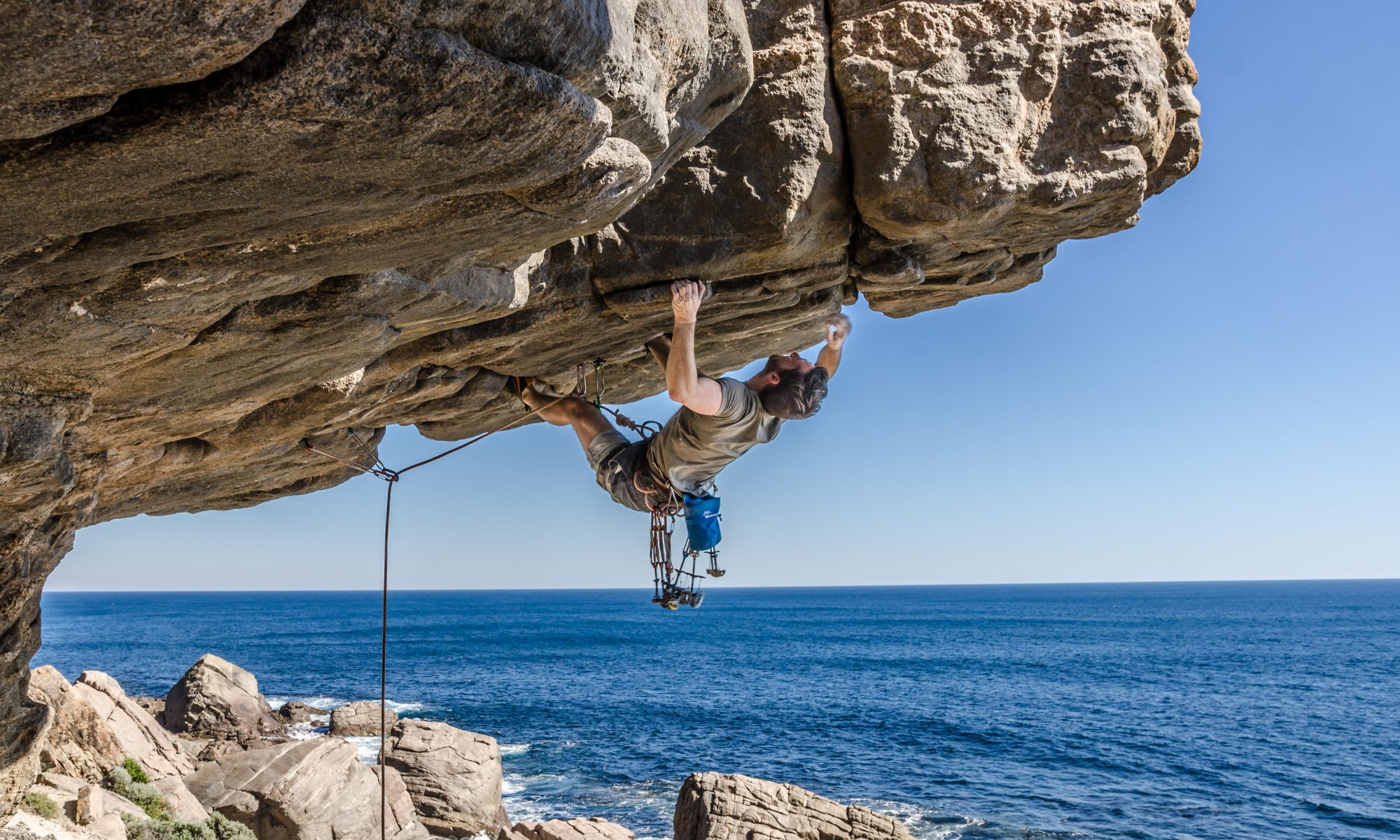September 11th 2019, Skill Acquisition Research Theme Symposium
We had a brilliant symposium. If you missed it, don’t worry, all of the presentations were recorded.
This is Marianne’s presentation ‘Reframing the horse-rider relationship; can a nonlinear pedagogy nurture the magic of equestrian sports?’

This is a link for all of the presentations.
